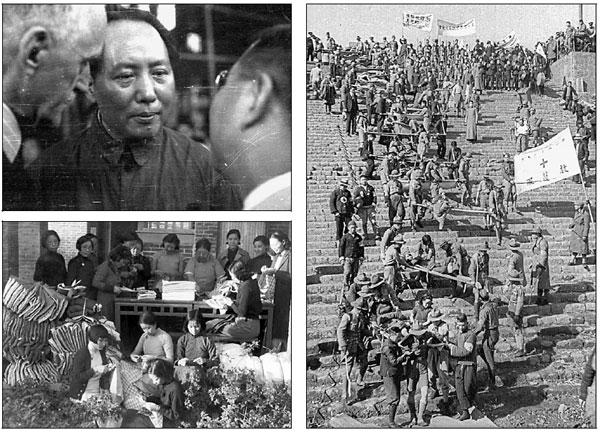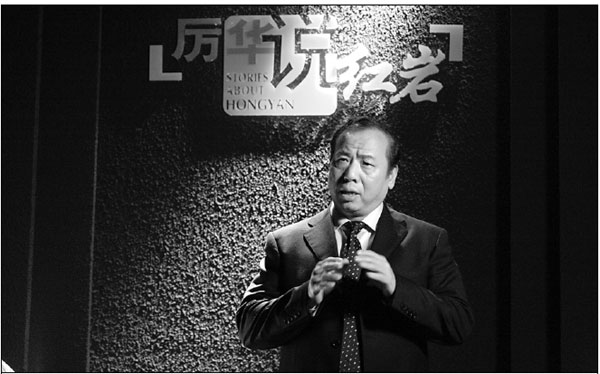Record of resilience
Updated: 2016-01-20 07:45
By Yang Yang(China Daily)
|
||||||||
Rare images from Taiwan of contributions made by common Chinese in the resistance against the Japanese invasion are part of book out in March, Yang Yang reports.
The historian Li Hua discovered a treasure trove of images about the mainland on his visits to Taiwan since 2010.
The materials form the basis of Memories of the War of Resistance Against Japanese Aggression, a book to be launched in March.
It was a year earlier that he decided to travel to Taiwan after his colleagues attended a cross-Straits book fair in Xiamen, an eastern city on the mainland.
The fair's hosts, Xiamen International Book Co, enabled Li's visits to several museums in Taiwan. His main purpose was to enrich the Democratic Parties History Museum of China in Chongqing.
At Academia Historica and Taiwan Film Institute, he was amazed to find tens of thousands of rare photos of the War of Resistance Against Japanese Aggression (1937-45) and historical events such as negotiations between the Communist Party of China and the Kuomintang in Southwest China's Chongqing city in 1945.
"They were generous to let us see the original photos instead of copies. We were so excited that we read the catalogs for three consecutive days, trying to pick photos to buy," Li, 63, who is curator of Chongqing's Red Cliff Revolutionary History Museum, says of his Taiwan trips with colleagues.
Many of the materials they saw in Taiwan were hardly available on the mainland back then, and Li decided to purchase more than just what was necessary to start the Democratic Party museum.
A total of 15,000 photos shot between 1913 and 1949 were bought.
Other than the museum's immediate requirement, Li's team bought some 6,200 photos, taken by journalists of a former KMT news agency from 1931-45, to produce the book.
Published by Chongqing Publishing House, Memories of the War of Resistance Against Japanese Aggression will be out in three volumes, covering nine themes related to the war, including military affairs, international cooperation, economic development, culture and education.
"These photos vividly describe the Chinese cities at the time, how they were bombed by the Japanese army, how Chinese people fought against the aggression, as well as the politics, diplomacy and culture during the war," Li tells China Daily.
The book is full of records. There's evidence, for example, of how the Marco Polo Bridge Incident was plotted by the Japanese army long before battle broke out on July 7, 1937.
A photo shows a Chinese official telling reporters about the incident. Several other photos show how the Chinese army kept their word on a following cease-fire but the Japanese did not.
"This is proof of our version of the incident as well as the war," Li says.
From 1937-39, the Chinese fought the Japanese military on their own without help from other countries. Compared with the advanced weapons used by the Japanese in the war, the Chinese forces had limited modern weapons purchased from Italy and Germany.
Some photos show Chinese people using broadswords to fight.
During the three years, Chinese from different walks of life contributed to the resistance. A series of photos taken in Chongqing, for example, show a rickshaw puller and a paper-delivery boy both donating their respective daily incomes and a kung fu teacher giving away his broadsword handed down from generations.
In another image, some female factory workers are seen sewing cotton-padded clothes for soldiers in the frontlines.
There are other photos of utter distress: One shows how residents of Guilin in South China hid below a massive rock when the city was being bombed by the Japanese military.
"People tried to live normal lives. When they heard the alerts for air raids, they would rush to hide. Once the raids ended, they would get back to work," Li says.
Besides the resilience of the Chinese people, Li says he is impressed with major Chinese manufacturers' ability to continue producing goods despite the war.
"I've seen very little reporting about economic life at the time, and how Chinese capitalists worked for the good of the country," he says.
The Japanese army first wanted to occupy Jiangsu and Zhejiang provinces in East China as well as Shanghai because the area with 125 factories was a commercial hub.
As a result, in 1937, the KMT government ordered all factories to move inland.
Photos show that Minsheng Shipping, founded by Lu Zuofu in 1925, thus became the only operator of transportation along the Yangtze River, helping factories transfer their materials and people elsewhere.
Another series of photos that is rarely seen on the mainland is focused on Mao Zedong during the 43-day Chongqing negotiations.
The images show his meetings with KMT leaders during that period.
Some of the other photos show Mao meeting with supporters of the KMT to dispel their misunderstandings about the CPC.
The new book, Li says, will help people understand why the 20th century matters so much to the Chinese people.
"We will be more confident as a nation."
Contact the writer at yangyangs@chinadaily.com.cn
|
Clockwise from top left: A rare photo shows chairman Mao Zedong attending a tea party celebrating VDay in Chongqing on Sept 4, 1945. Wounded soldiers pulled back from the front are taken care of in January 1938. Women support the war with handmade clothes in October 1937. Photos Provided To China Daily |
|
Historian Li Hua presents his discovery of rare photos of the wartime in a new book, Memories of the War of Resistance Against Japanese Aggression. |
(China Daily 01/20/2016 page20)

 Glenn Frey, founding member of the Eagles, dead at 67
Glenn Frey, founding member of the Eagles, dead at 67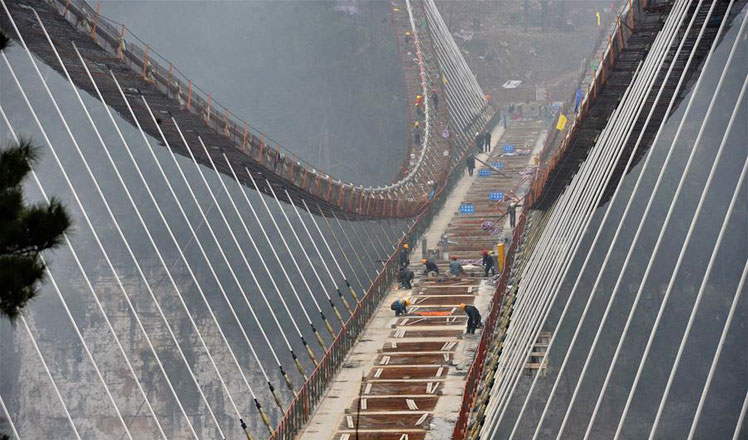
 Glass bridge across Zhangjiajie Grand Canyon under construction
Glass bridge across Zhangjiajie Grand Canyon under construction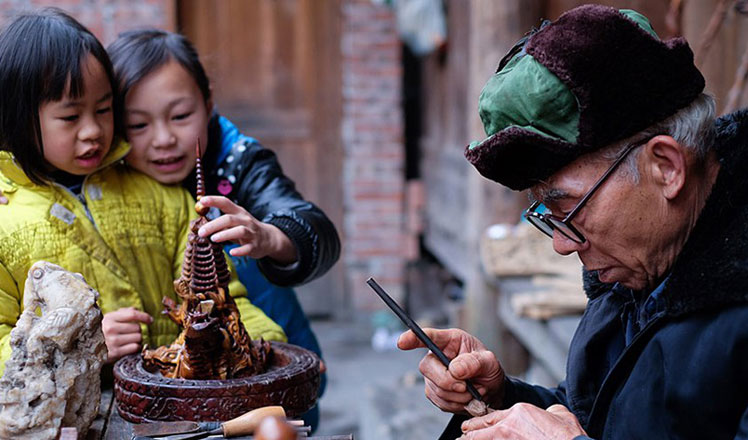
 The life of a wood carving artist
The life of a wood carving artist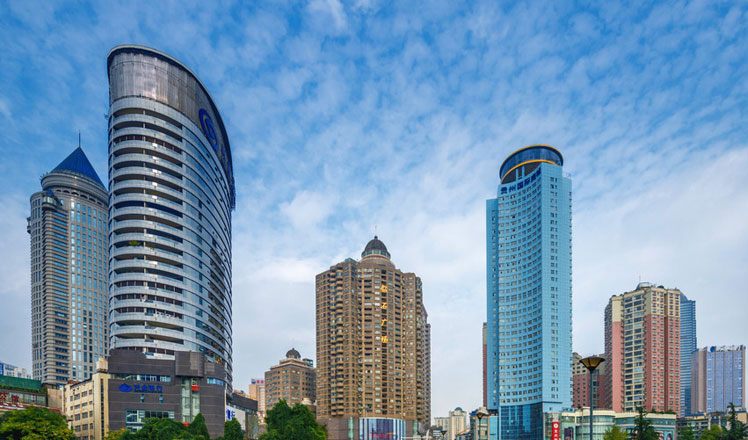
 Top 10 satisfying cities of China in 2015
Top 10 satisfying cities of China in 2015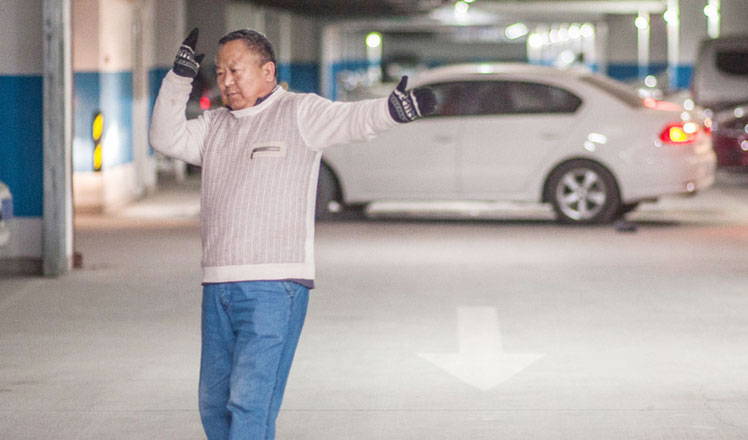
 Square dance lovers find underground garage their new stage
Square dance lovers find underground garage their new stage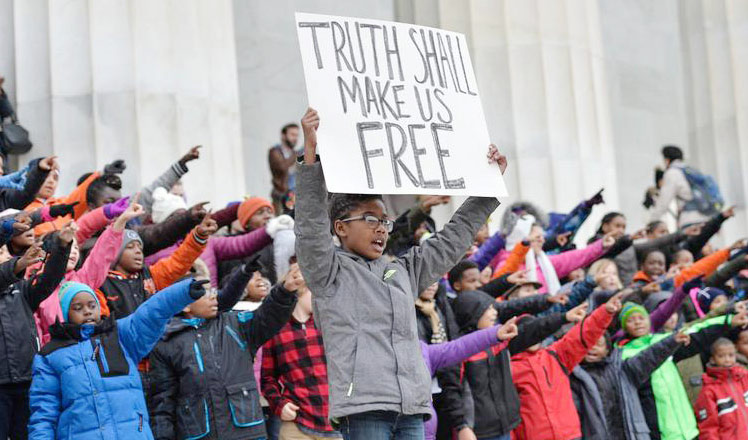
 The world in photos: Jan 11 - 17
The world in photos: Jan 11 - 17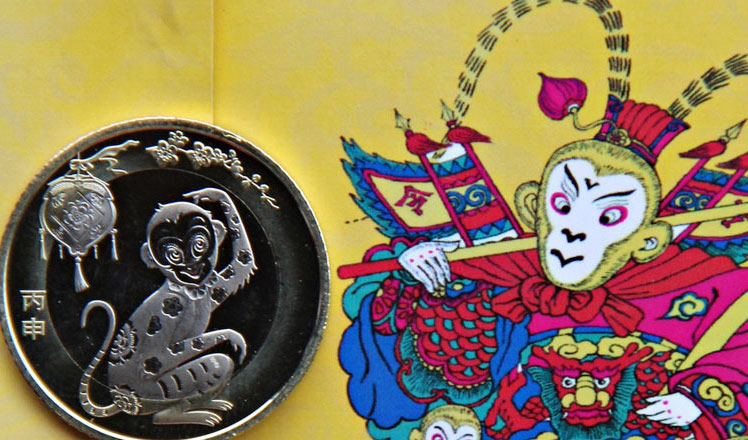
 Commemorative coins for Year of Monkey issued across China
Commemorative coins for Year of Monkey issued across China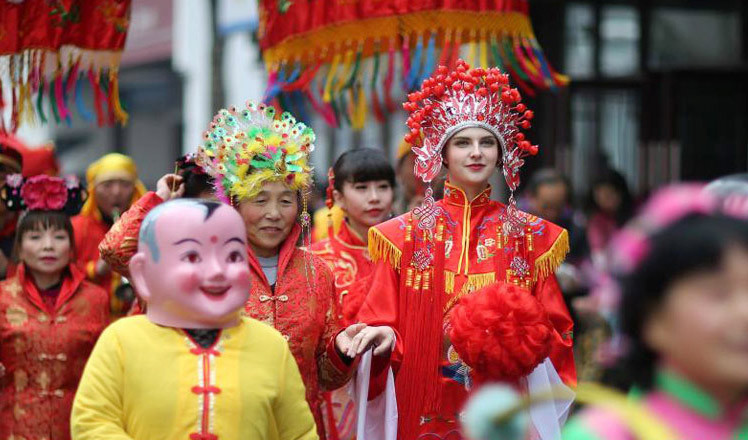
 Throw a flower ball to find Mr Right
Throw a flower ball to find Mr Right
Most Viewed
Editor's Picks

|

|

|

|

|

|
Today's Top News
National Art Museum showing 400 puppets in new exhibition
Finest Chinese porcelains expected to fetch over $28 million
Monkey portraits by Chinese ink painting masters
Beijing's movie fans in for new experience
Obama to deliver final State of the Union speech
Shooting rampage at US social services agency leaves 14 dead
Chinese bargain hunters are changing the retail game
Chinese president arrives in Turkey for G20 summit
US Weekly

|

|
